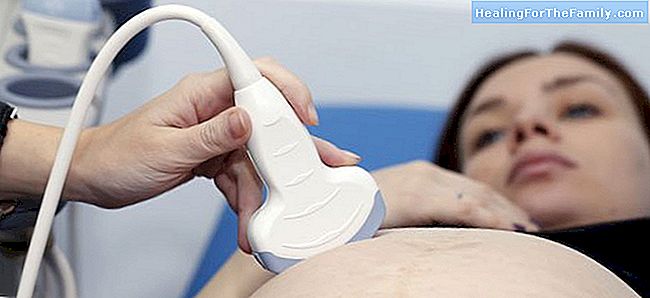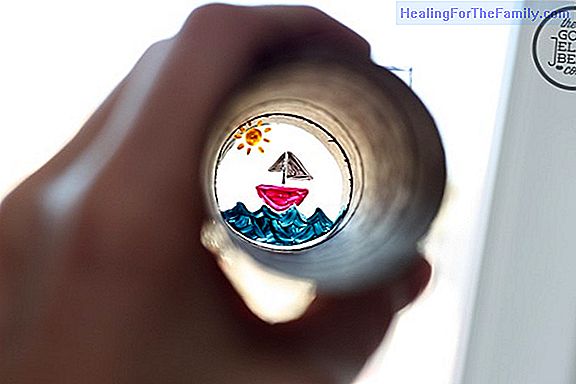Ultrasound in the last trimester of pregnancy
In the last trimester of pregnancy we perform a last ultrasound, usually between weeks 32 and 36 of pregnancy. It checks the welfare of the baby, the amount of fluid and the state of the placenta among other things. The ultrasound that is usually used does not require that it be of as much quality a
In the last trimester of pregnancy we perform a last ultrasound, usually between weeks 32 and 36 of pregnancy. It checks the welfare of the baby, the amount of fluid and the state of the placenta among other things.
The ultrasound that is usually used does not require that it be of as much quality as in the ultrasound of week 20, nor that the obstetrician or sonographer has a high degree of specialization, although the information we obtain is very valuable.
What is the value of ultrasound in the last trimester of pregnancy

The latest pregnancy ultrasound provides valuable data. Among them:
1. Position of the baby: it is confirmed that it is in cephalic or breech position, that is to say that part of the body is in the direction of the pelvis. In the event that the baby is breech or breech, and depending on which center and in which week the woman is, different options are given: external cephalic version, scheduled caesarean section, breech delivery ...
2. Weight estimated and measurements of the baby. Check that the growth is normal, that the weight is adequate. Growth problems are ruled out.
3. Position and state of the placenta, if calcifications are observed or that the placenta is more or less aged. They are important data since it is the organ through which the baby receives everything necessary from his mother. It must work perfectly.
4. Position and condition of the cord, it is checked that the circulation of the umbilical artery to make sure that the oxygenation to the baby is correct.
5. Diagnosis of late anomalies.
6. Measure the levels of the amniotic fluid, although as the weeks pass it is normal for it to decrease.
7. Assessment of the baby's biophysical profile: heart rate, respiratory movements, body movements and fetal tone.
8. Sometimes the length of the cervixis measured, especially if the woman reports having had contractions, as it is one of the factors that can predict preterm or premature delivery.
9. In case of twin pregnancy it allows us to know the position of each twin, to predict the type of delivery.
Although this is the most important ultrasound, in the final stretch of pregnancy in private clinics do two more ultrasounds, but all of them serve to measure the same parameters.
How to prepare for the last ultrasound
As with previous ultrasounds, it is not necessary for a woman to prepare specifically, we usually recommend ese that moisturizers should not be applied on the abdomen that day, as some prevent the normal passage of the ultrasounds It is usually performed abdominally, except in certain cases that we need to know a specific parameter such as the length of the cervix, which is more accurate in this way, or to assess possible placentas located near the cervical os.
And ... What will the prospective parents see? In principle, due to the little liquid and the little space that the baby already has, the different parts of the body of his future son are not usually appreciated so well; However
the face, as long as the baby is left, looks pretty good ; gynecologists often make beautiful 'portraits' in these weeks of pregnancy, since the face is 'more than a child' (some even have cheeks!), but we should not decline if in the last ultrasound we do not appreciate our baby, because that we will have a few weeks left to hold him.












